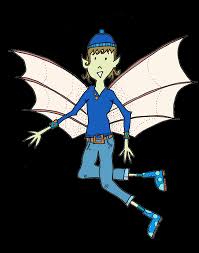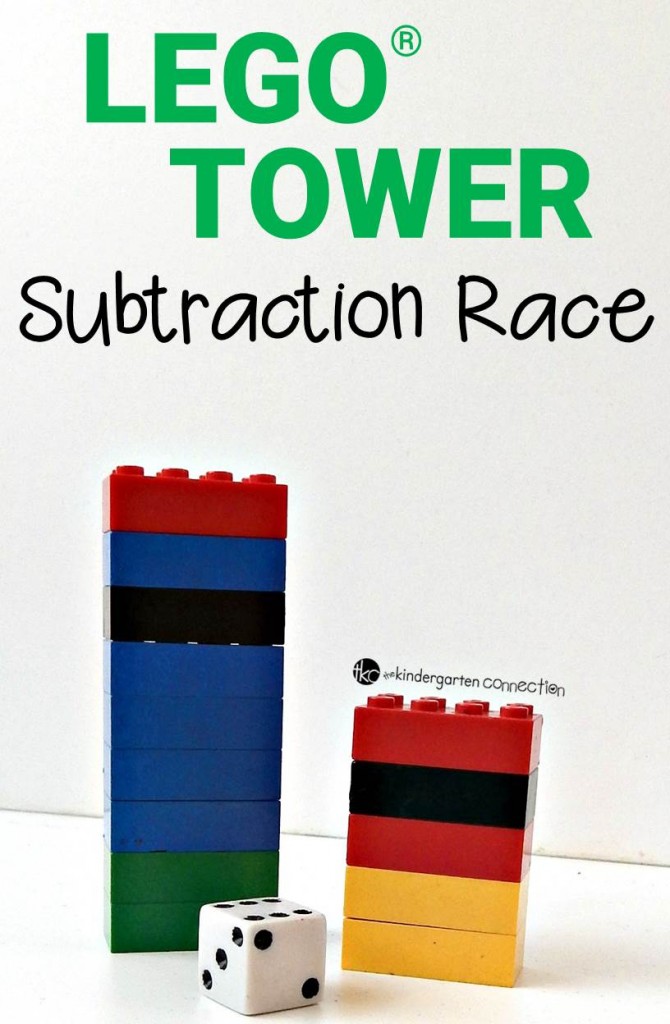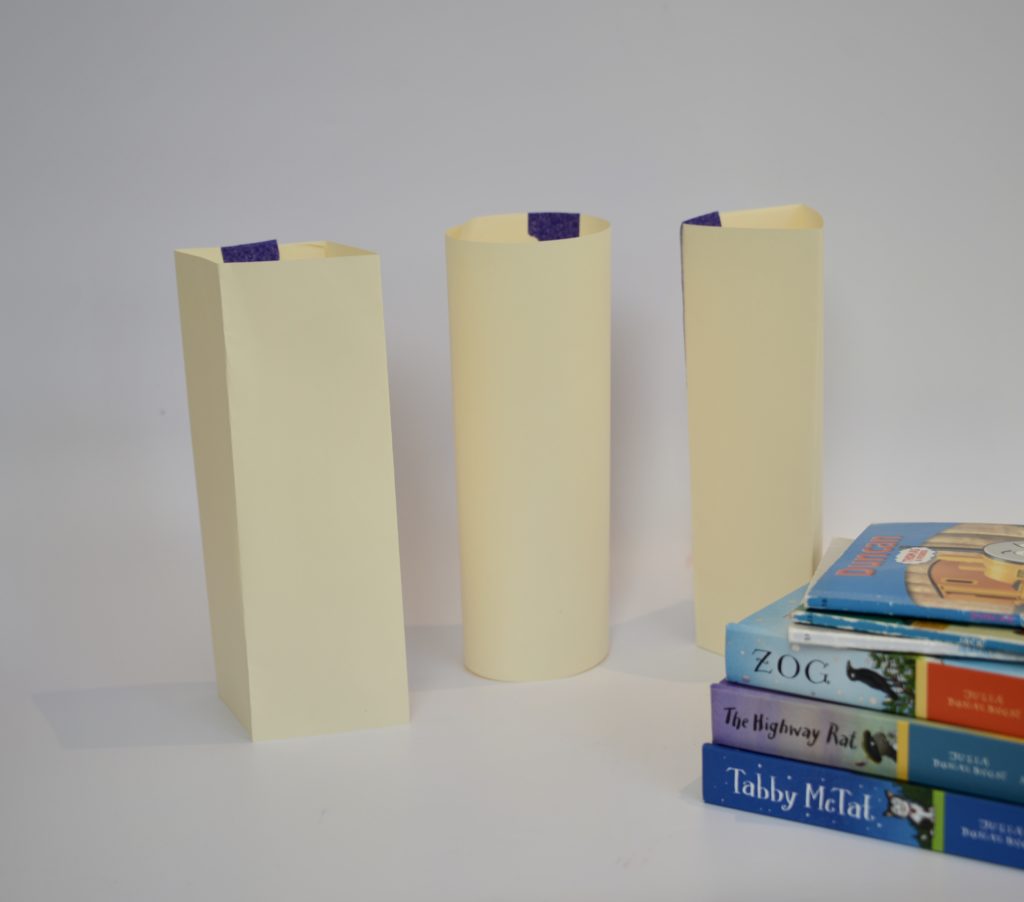Welcome to another week.
We hope that these activities will help your learning and give you some fun and giggles along the way!
Later in the week a balloon and some paper plates might come in handy!
This weeks spellings are all related to our body. You now know lots of games to help you remember them because you did them last week. Just take a look at our earlier posts.
- hand
- skull
- body
- head
- arms
- nose
- mouth
- hair
- ears
- toes
- fingers
- thigh
English
This week we will be focussing on the story you learnt last week – Pippety Skycap!
Here it is to remind you . . .

Pippety Skycap – A tale of mischief!
Once upon a time, there was a pixie called Pippety Skycap who lived in the corner cupboard in a room just like yours. Pippety loved to have fun and loved to giggle, but most of all he loved to play tricks. One cloudy morning, he woke up feeling full of mischief. So, he put on his best blue jacket, squeezed into his spotty boots and set off to find some fun – hoppity skip, hoppity skip, hoppity skip.
Soon, he came to the old stone bridge where a grumpy troll was sleeping. “Now for some fun!” giggled Pippety and he pulled a soft feather from his pocket. Nearer and nearer he crept to the troll until he could tickle his warty nose with the feather. “A-A-A-CHOO!” The poor old troll woke up with a huge sneeze and tried to grab the tricky pixie. Luckily, Pippety was a tiny pixie, a teeny pixie and he slipped through the troll’s fat fingers. Off he sped – hoppity skip, hoppity skip, hoppity skip.
Next, he came to a prickly bush where a ginger cat was watching the birds. “Now for some fun!” giggled Pippety and he snapped off a sharp thorn from the bush. Nearer and nearer he crept to the cat until he could prick her tail with the thorn. “OUCH! OUCH! OUCH!” The poor cat spun round with a yowl and a howl and swiped at the tricky pixie. Luckily, Pippety was a tiny pixie, a teeny pixie and he dodged the long, sharp claws. Off he sped, hoppity skip, hoppity skip, hoppity skip.
Soon, he came to riverbank where an old toad was dozing on a shiny lily pad. “Now for some fun!” giggled Pippety and he pulled a bright blue balloon from his pocket. Nearer and nearer he crept to the toad until he was right beside his ear. He blew and he blew and he blew until – BANG! “My poor ears!” croaked the toad and he wibbled and wobbled and finally fell into the river with a gigantic splash.
Unfortunately, Pippety had not seen that on the next lily pad was the King Toad. It looked at him with mean, beady eyes, flicked out an enormous tongue and covered him in a thick, sticky goo! “YUCK!” cried Pippety and he ran off, squishing and squelching and squelching and squishing all the way home. That evening, Pippety Skycap had a long, hot bath, snuggled up with a mug of hot chocolate and thought about his day. He remembered the sticky, oozy goo that had covered him head to foot and frowned. “I’ll just have to be a careful tricky pixie tomorrow,” he mumbled and settled down to plan some more mischief!
© Talk for Writing 4
Now that you know the story, ask your child these questions. Ensure you child writes the answers in full sentences, using capital letters and full stops.
1. Where does Pippety Skycap live? Pippety Skycap lives …
2. What does Pippety love to do?
3. What is his favourite thing to do?
4. What happened to the troll?
5. What happened to the cat?
6. What happened to the old toad?
7. What did the King Toad do to Pippety?
8. Do you think Pippety will be a good pixie from now on? How do you know?
Maths
Watch this clip, ‘What is subtraction?’
https://www.bbc.co.uk/bitesize/topics/zwv39j6/articles/ztpmrwx
You can even take a quiz to check your understanding!
Subtraction games!

Build towers using lego/ cheerios/ books etc.
Challenge your child.
You have 19 books. I take away 5. How many are left?
Can you write this as an equation. 19-5=14
Repeat many times.
You could write the equation and ask your child to show you using the lego!
Be active

Can your child pull a face to represent this emotion too?
Can you remember a time when you were excited or grateful?
Project
We’re continuing with our learning about skeletons today!
Function 3 – Strength and movement!
Make your skeleton move by doing the skeleton dance!
https://www.youtube.com/watch?v=cLi55MV04a8

Experiment – Think about the shape of bones. Some of the strongest bones are found in our arms and legs. Using a piece of paper can you make it into the strongest shape possible? Compare them to the shape of the bones in your skeleton.
Your shape must be able to hold a weight off the table. (Like a small bag of sugar, a book or a stone.)
Here are some ways . . . (don’t show your child until the end! So that they can get creative!)

